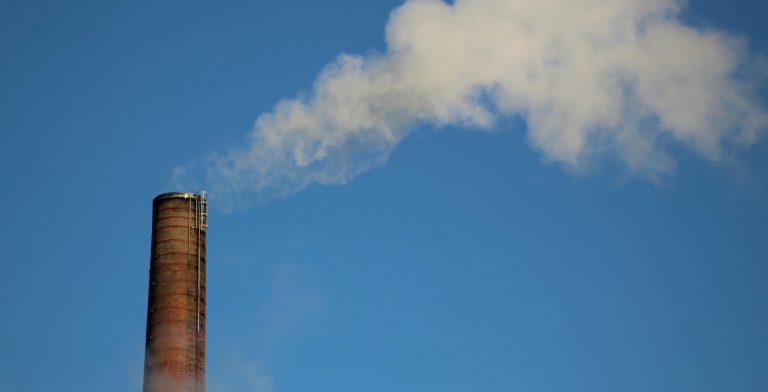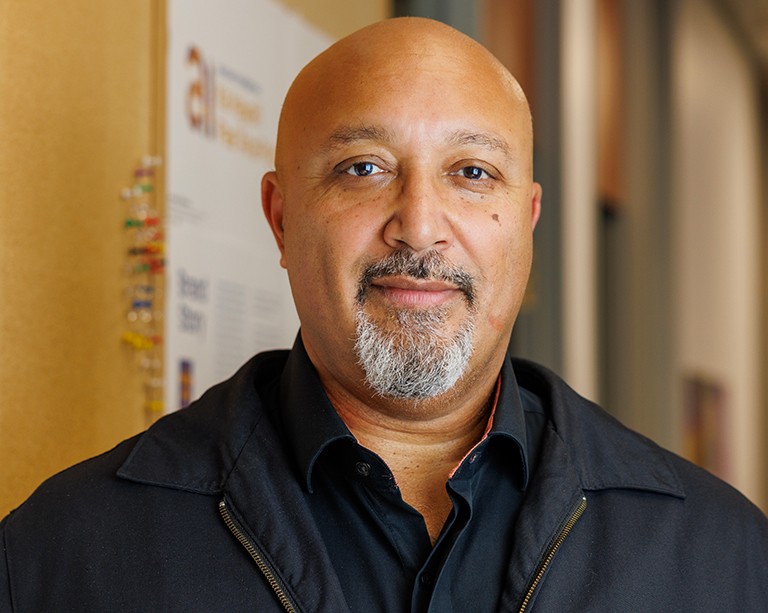RESEARCH: Microbes may hold the key to greener, cheaper carbon capture

A new study from researchers at Concordia and l’Université du Québec en Abitibi-Témiscamingue (UQAT) explores how tiny microbes could help solve one of the world’s biggest problems: excess carbon dioxide in the atmosphere.
The paper focuses on a natural process called mineral carbonation, where carbon dioxide (CO₂) is turned into solid crystals. What’s new is the use of microorganisms—such as bacteria and algae—to speed up this process in low-cost and sustainable ways.
“We already know that some microbes can help repair concrete or clean up wastewater,” says co-author Catherine Mulligan, a professor in the Department of Building, Civil and Environmental Engineering. “Now we’re showing they could also capture carbon from the air and for storage over long periods of time”
The team highlights two key approaches: one where microbes passively encourage carbonate formation, and another where they actively convert CO₂ into solid minerals using enzymes. These methods could be applied in places like:
- Old mines or quarries, where bacteria could be added to leftover rocks to help them transform CO₂ into carbonate crystals.
- Soils and cements, where treated materials could remove inorganic carbon while also improving strength and reducing erosion.
- Coastal wetlands or salt lakes, where certain bacteria and algae already naturally produce carbon-trapping minerals.
Compared to industrial carbon capture technologies that require complex machinery and high energy, microbial solutions are relatively simple, adaptable to many environments, and could even provide bonus benefits like cleaner water or healthier soils.
“Nature has already given us the tools,” says Mulligan. “Now it’s about finding smart ways to apply them.”
The researchers are calling for more field testing and collaboration with industry to move this promising technology from the lab into the real world.
Concordia Ph.D candidate Samantha M. Wilcox was the study’s lead author. Carmen Mihaela Neculita at UQAT contributed to the research as co-supervisor with Catherine Mulligan.
The study was published in the International Journal of Molecular Sciences.




